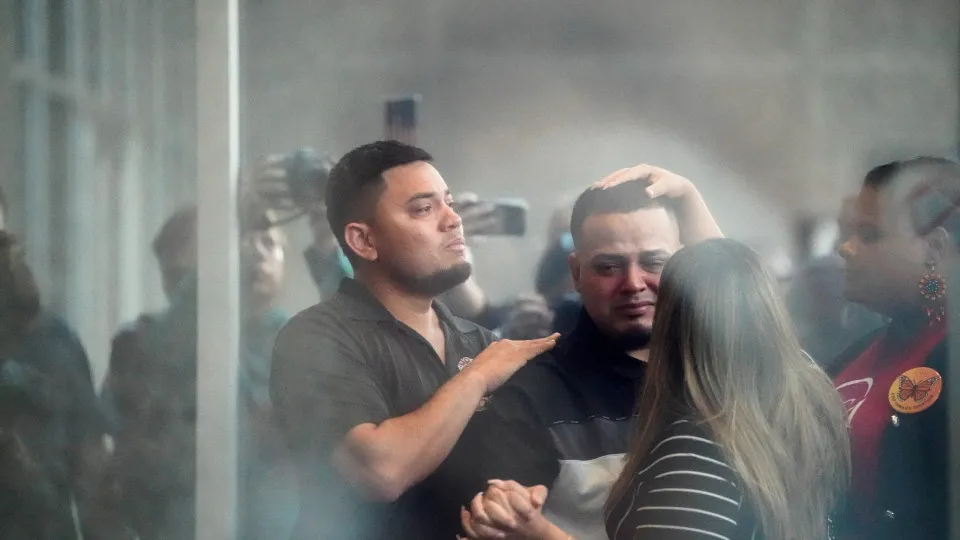A federal judge has temporarily halted the deportation of Kilmar Abrego Garcia, a man at the center of a contentious immigration case that has drawn scrutiny from legal advocates and government officials alike. Abrego Garcia was taken into custody on Monday, August 25, by U.S. Immigration and Customs Enforcement (ICE) during a scheduled check-in in Baltimore, months after being mistakenly deported to El Salvador despite a court order. He now faces human trafficking charges, which he denies, and is challenging the government’s plan to deport him to Uganda—a country with which he has no known ties.
At a hearing Tuesday, US District Judge Paula Xinis questioned the legality of deporting Abrego Garcia to a third country, particularly one where he may face harm. She issued a temporary stay, barring removal until further proceedings could be held. The case has reignited debate over the Trump administration’s immigration enforcement tactics, including bilateral agreements with countries like Uganda to accept third-country nationals. Abrego Garcia’s legal team argues that his detention is punitive, aimed at pressuring him into a guilty plea. Judge Xinis, who previously ruled on his wrongful deportation to El Salvador, has requested legal briefs from both sides ahead of a potential hearing later this week.
What does it actually mean to be deported, and how is it justified? It can happen simply because you don’t have the required travel documents at hand, or due to criminal charges or violations of immigration law.
Click through this gallery for a closer look at the history, human impact, and the ongoing debate surrounding deportation policies.



